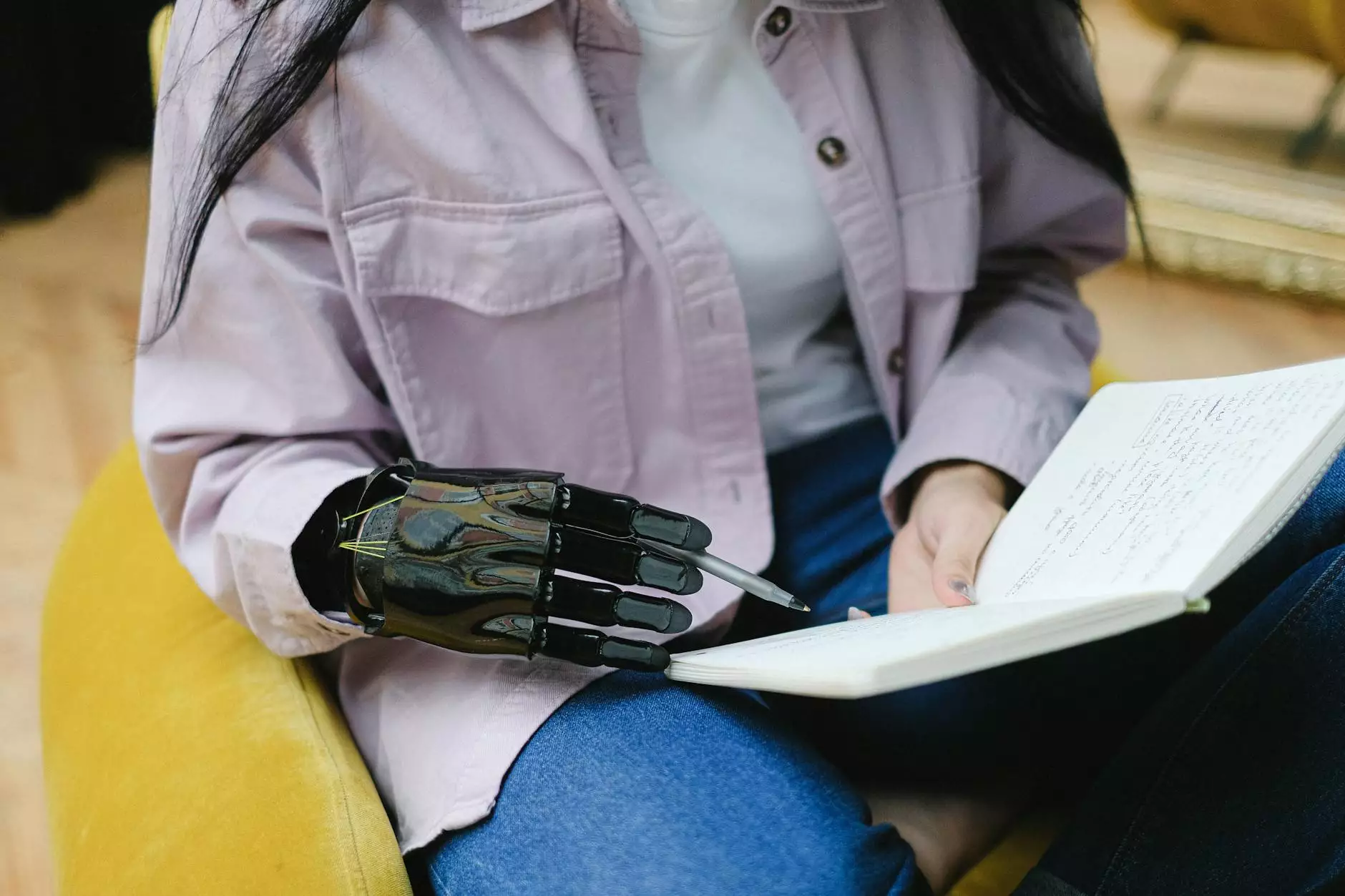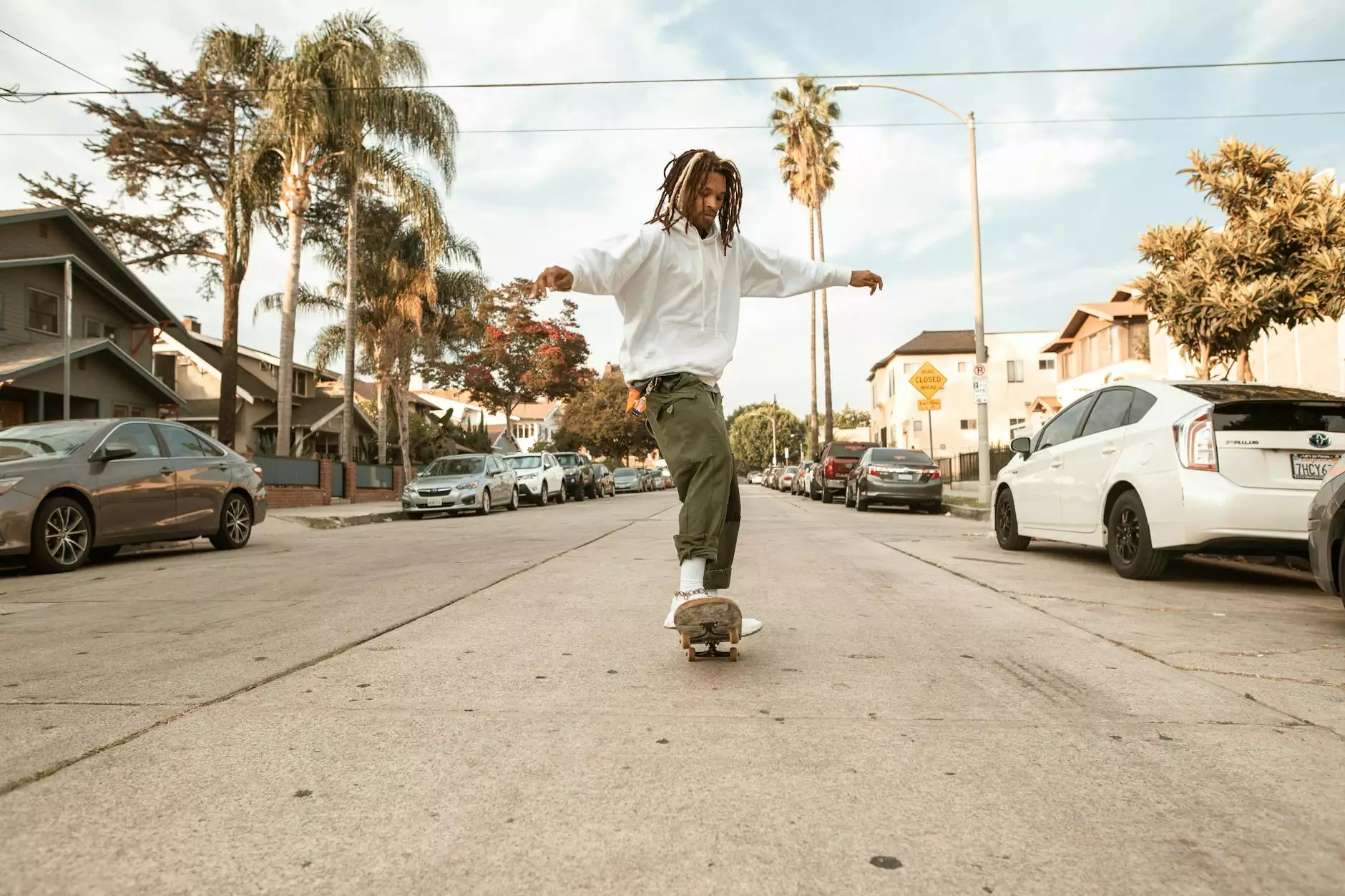The Importance of Lateral Rotation of Humerus in Physical Therapy and Chiropractic Care

Understanding the lateral rotation of the humerus is essential for professionals in the fields of health and medical practice, particularly those specializing in chiropractic and physical therapy. This motion plays a crucial role in shoulder health, athletic performance, and overall upper body mobility. In this comprehensive article, we will delve into the mechanics of lateral rotation of the humerus, its significance in rehabilitation practices, and effective methods to enhance this vital motion.
1. What is Lateral Rotation of the Humerus?
The humerus is the long bone of the upper arm, and its ability to rotate is critical for numerous activities. Lateral rotation refers specifically to the outward rotation of the humerus away from the body. This movement is made possible by the intricate structure of the shoulder joint, which allows for a wide range of motion.
1.1 Anatomical Overview
The shoulder joint (or glenohumeral joint) is a ball-and-socket joint formed between the head of the humerus and the glenoid fossa of the scapula. This joint’s anatomy permits multidirectional movement, including:
- Flexion and extension
- Abduction and adduction
- Medial and lateral rotation
The lateral rotation of the humerus is primarily facilitated by muscles such as:
- Infraspinatus
- Teres minor
- Deltoid (posterior fibers)
2. The Role of Lateral Rotation in Functional Movement
2.1 Everyday Activities
The lateral rotation of the humerus is integral to various daily activities, such as reaching overhead, throwing, and even adjusting your posture. For instance:
- Reaching for items on high shelves requires proper shoulder mechanics.
- In sports like baseball or volleyball, throwing actions depend heavily on this motion.
- Activities like swimming require strong lateral rotation for efficient strokes.
2.2 Athletic Performance
In the realm of athletics, the ability to perform lateral rotation effectively can significantly impact performance outcomes. Athletes require optimal shoulder mobility to maximize their potential:
- Injury prevention: Efficient lateral rotation helps protect the shoulder from injuries.
- Enhanced performance: Athletes can execute moves with greater power and accuracy.
- Recovery: Understanding this rotation aids in designing effective rehabilitation programs.
3. Common Injuries Related to Lateral Rotation
Insufficient or improper lateral rotation can lead to several injuries, particularly in active individuals. Common issues include:
3.1 Rotator Cuff Injuries
The rotator cuff is a group of muscles and tendons that stabilize the shoulder. Injuries here often occur due to repetitive overhead motions or sudden impacts. Symptoms can include:
- Pain during shoulder movement
- Weakness in the arm
- Decreased range of motion
3.2 Shoulder Impingement Syndrome
This condition arises when shoulder tendons are intermittently trapped during shoulder movements. It can lead to pain and inflammation, particularly during lateral rotation activities. Effective treatment strategies often involve:
- Corticosteroid injections
- Physical therapy focusing on range of motion
- Strengthening exercises tailored to shoulder mechanics
4. Rehabilitation and Exercises for Enhancing Lateral Rotation
Rehabilitation programs are vital in restoring and improving the function of the shoulders. The following are key exercises and techniques to aid in strengthening the lateral rotation of the humerus:
4.1 Stretching Techniques
Improving flexibility is the first step in enhancing lateral rotation. Effective stretches include:
- Cross-body shoulder stretch: This helps elongate the posterior shoulder muscles, improving range of motion.
- Doorway stretch: A great technique to open up the chest and allow for freer shoulder movement.
4.2 Strengthening Exercises
Strengthening the muscles involved in lateral rotation is crucial for injury prevention. Recommended exercises include:
- External rotation with bands: This exercise focuses on the rotator cuff muscles.
- Side-lying external rotation: Specifically targets the infraspinatus and teres minor.
4.3 Integrative Approaches
Incorporating holistic practices can further enhance recovery and performance:
- Chiropractic care: Gentle manipulation can improve alignment and function.
- Physical therapy: Tailored programs can target weak areas while promoting overall shoulder health.
5. The Future of Understanding Shoulder Mechanics
As research evolves, our comprehension of the lateral rotation of the humerus improves. Emerging technologies and techniques in rehabilitation promise more effective treatment methods. Tools such as motion analysis systems and rehabilitation robotics may lead to more personalized care.
5.1 The Role of Technology
Technology is poised to transform rehabilitation, enabling:
- Better assessment techniques: 3D motion capture can provide detailed insights into shoulder mechanics.
- Customized exercise programs: Data-driven approaches will help in formulating targeted rehabilitation plans.
Conclusion
The lateral rotation of the humerus is a critical component in maintaining shoulder health and facilitating optimal movement patterns. Whether you are engaging in daily activities or competing in sports, this motion underpins functionality and performance. Understanding its mechanics not only aids in enhancing physical capabilities but also plays a transformative role in recovery from injuries.
For individuals dealing with shoulder issues, consulting with health professionals—particularly those specialized in chiropractic and physical therapy—is imperative. Emphasizing the importance of exercises that promote lateral rotation can lead to improved outcomes and a return to normal function.
lateral rotation of humerus








